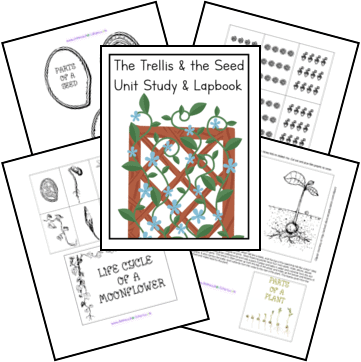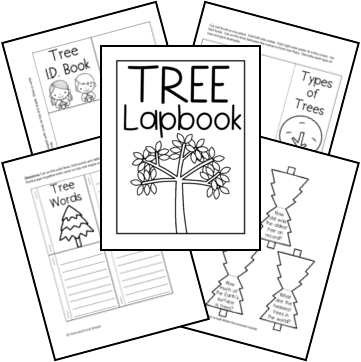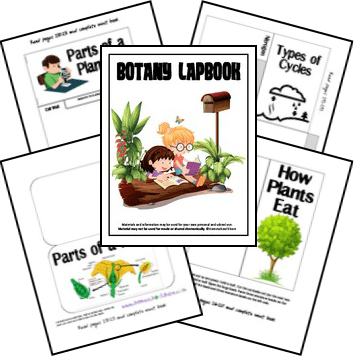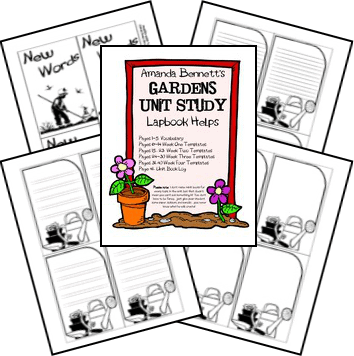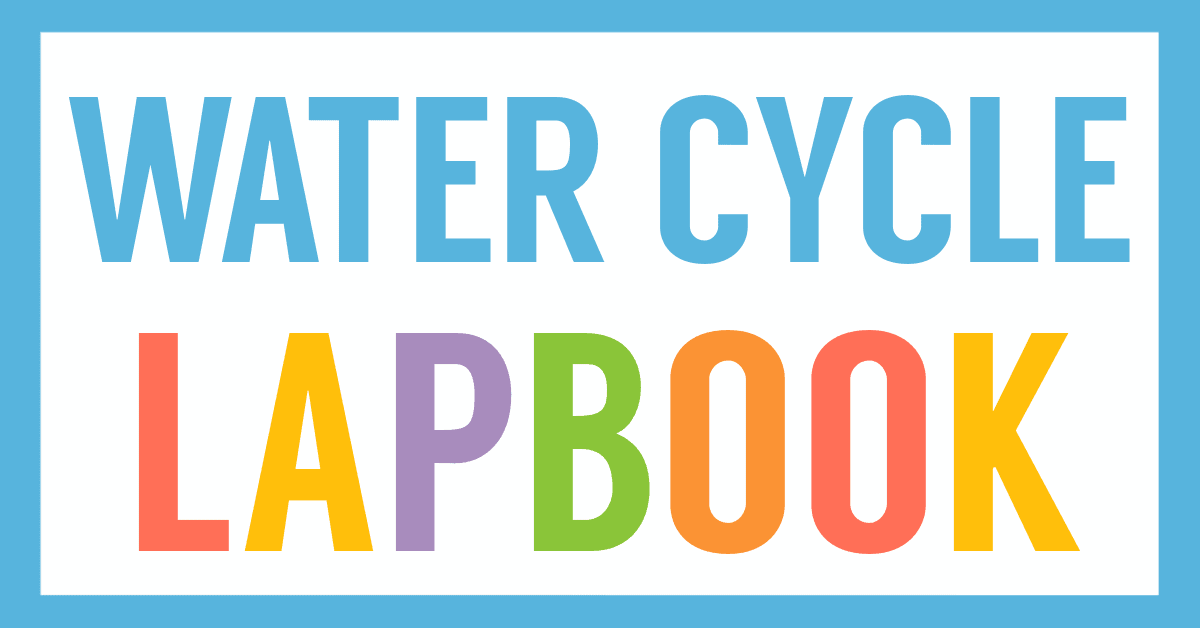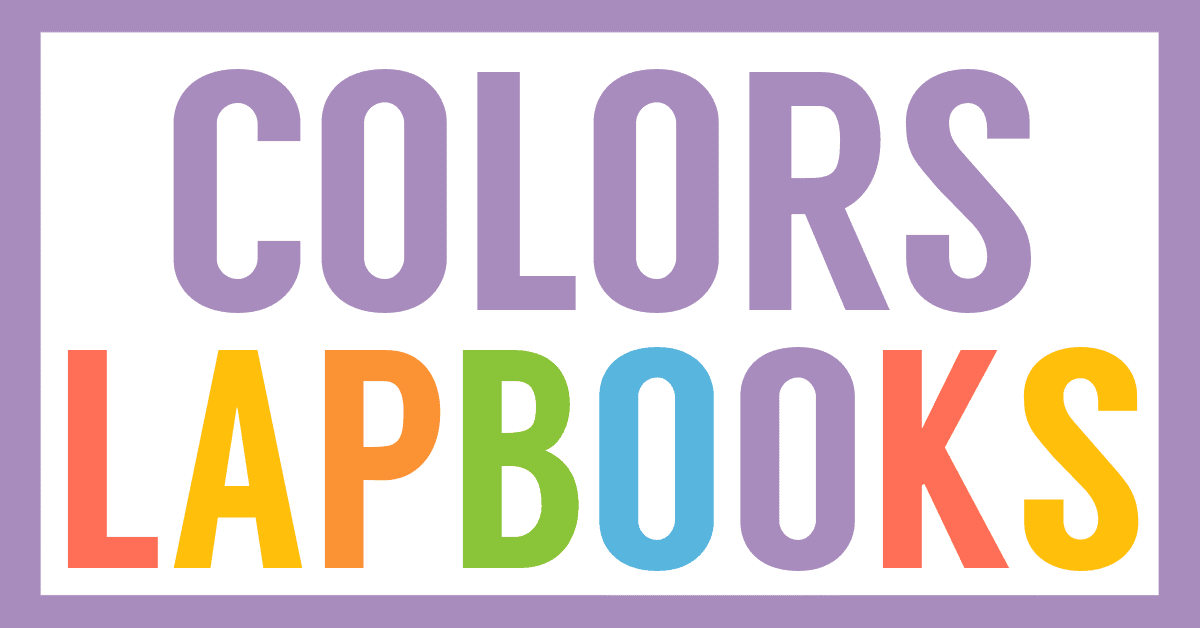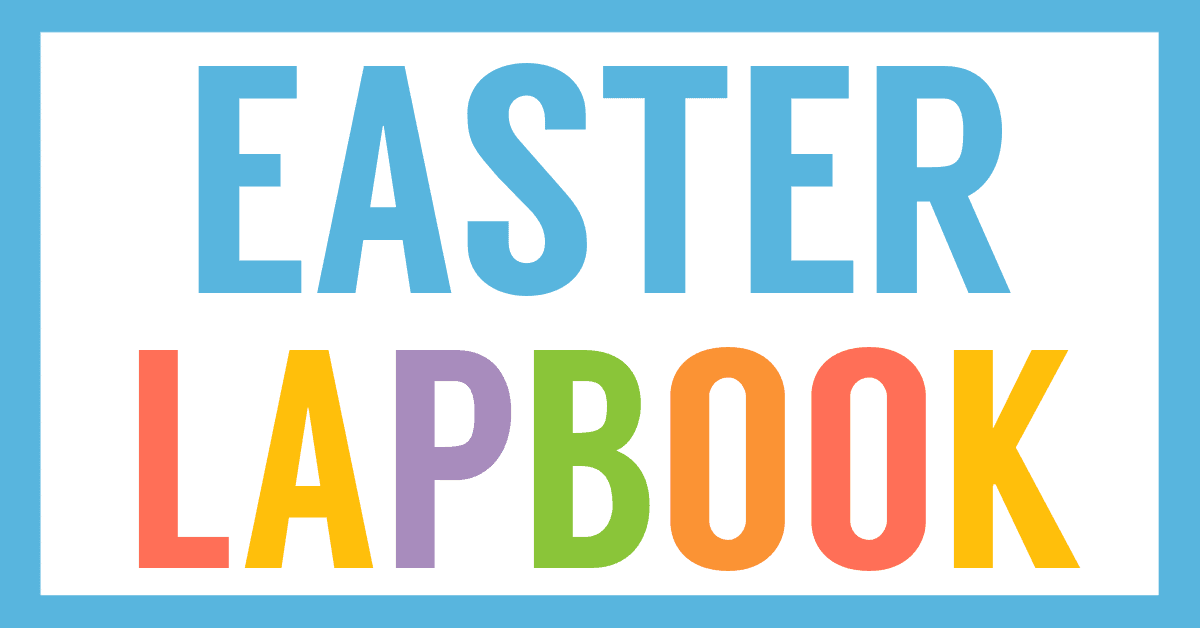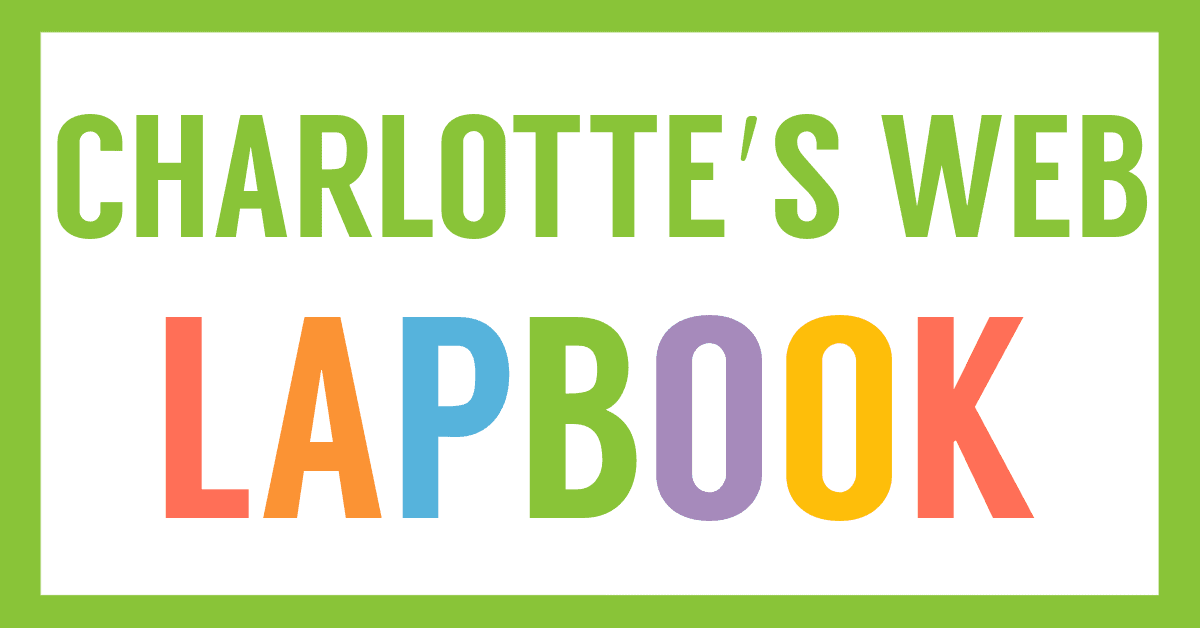Affiliate Disclaimer
We sometimes use affiliate links in our content. This won’t cost you anything, but it helps us to keep the site running. Thanks for your support.
This unit study includes lessons and printables based on the book The Trellis and the Seed by Jan Karon.
When the little seed becomes discouraged with its size and appearance, Earth provides it with some encouraging words and tells it that it will blossom into something spectacular with a little time and patience.
Thanks to Rose Ann Kuhns, Celia Hartmann, and Wende for writing the lessons for this The Trellis and the Seed unit study.
The Trellis and the Seed Unit Study Lessons
Here are some sample lessons from the The Trellis and the Seed Unit Study.
Seeds, Plant Parts and Life Cycle: A seed is a little package of plant life. A seed coat protects the inside embryo, which is the baby plant. There is storage of food inside the seed around the embryo. Some seeds have a very hard coat, and it helps to soak the seed before planting. Explain to your child how not all seeds will grow though. They need air, plenty of water, and the right temperature and amount of light to begin to grow, or germinate.
What happened to the bottom of the seed, which felt like a tickle, and the top of the seed that felt like a kiss? After a seed germinates, the plant begins to grow. Most flowering plants have four main parts: roots, stems, leaves and flowers. The roots grow underground and hold a plant in place and take in water and nutrients from the soil for the plant to grow. The shoot or stem grows up from the top of the seed, and holds up the leaves and flowers of a plant. It also carries the water and nutrients from the roots to the rest of the plant. The leaves grow from the shoot and make food for the plant using a process called photosynthesis. It takes chlorophyll (which is the green in the leaves), sunlight, water and a gas called carbon dioxide to make glucose (a kind of sugar). This glucose is stored in the stems or roots of the plants. The leaves also give off oxygen, which is in the air we breathe. In vines like moonflowers, the vines will continue to grow, reaching for the sun. Buds then develop, and flowers form from the buds. The flowers contain the parts to make seeds, and then the process starts all over again.
Flowers have four parts: The petals, which are the lovely blossom, we see easiest and it attracts bees, insects and birds to help with pollination. The pistils are the female reproductive part, which stores the egg cells. The stamens are the male reproductive part and they produce the pollen. Plants need to be pollinated to produce seeds and fruit. The fourth part is the sepals, which are small green leaf-like petals that surround the flower to protect a young flower.
Parable of the Sower: A parable is a short story that has a moral, spiritual meaning. Mark 4:1-9 tells a story about a farmer who planted his fields. Some of the seed fell on stony earth and grew quickly but when the sun was hot it wilted because the roots couldn’t grow deeply and find water. Some seed fell among the weeds and it grew but the weeds soon choked it out. And some fell on good ground and grew very well and gave lots of harvest. Our hearts are like the soil—stony and hard or weedy– to busy with “things” or open and ready to hear God’s Word. And like the good soil gave an abundant harvest: if we hear what God says to us and live it out in our life that’s how we can live in victory with Jesus. Discuss the importance of having soft hearts ready to hear what Jesus has to say to us.
You can grab a copy of the entire The Trellis and the Seed Unit Study and Lapbook in an easy-to-print file at the end of this post.
The Trellis and the Seed Lapbook Printables
In addition to the unit study lessons, this file also includes these mini-books for your student to create a The Trellis and the Seed lapbook:
- Compound Words Cards & Pocket
- Blossoms by the Dozens Cards & Pocket
- Emotions Accordion Book
- Fertilizer Mini-book
- Life Cycle of a Moonflower Mini-book
- Parable of the Sower Envelope Fold Book
- Parts of a Flower Mini-book
- Parts of a Seed Shape Book
- Parts of a Plant Mini-book
- United States Planting Zones Map Book
- Henry Wadsworth Longfellow Poem Copywork Mini-book
- Types of Plants Tab Book
- And more!
How to Get Started with Your The Trellis and the Seed Unit Study & Lapbook
Follow these simple instructions to get started with the The Trellis and the Seed Unit Study:
- Buy a copy of the book, The Trellis and the Seed, or borrow one from your local library.
- Print the The Trellis and the Seed unit study.
- Choose the lessons you want to use with your student (a highlighter works great for this).
- Choose and prepare the lapbook printables you want to use with your student.
- Enjoy a week of learning about plants with The Trellis and the Seed.
Get Your Free The Trellis and the Seed Unit Study & Lapbook
Simply click on the image below to access your free The Trellis and the Seed Unit Study and Lapbook.

